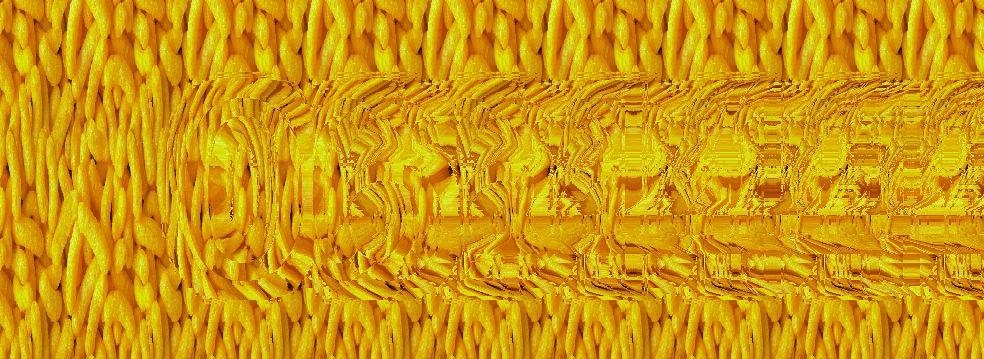A CACHE NÃO ESTÁ NAS COORDENADAS INDICADAS.
THE CACHE IS NOT ON THE GIVEN
COORDINATES.

ESTEREOSCOPIA
O termo
“estereoscopia” abrange todas as técnicas que utilizam
o mecanismo visual binocular do ser humano, a fim de criarem uma
sensação de profundidade em duas ou mais imagens bidimensionais do
mesmo objecto representado através de perspectivas
diferentes.
O termo
“estereoscopia” deriva das palavras gregas stereos e skopein, que significam,
respectivamente, “Sólido, Relevo” e “Olhar,
Ver”, quer dizer visão em relevo. A interpretação frequente
de “estereo” no sentido de “dois”, resulta
do facto de necessitarmos de dois olhos e dois ouvidos para vermos
e ouvirmos espacialmente.
Um
estereograma é a junção de duas imagens bidimensionais que vão
permitir uma visão tridimensional. Cada olho fixa uma imagem
bidimensional e o cérebro “funde-as” criando assim o
efeito tridimensional da visão.
O primeiro
estereograma foi apresentado em 1838 por Sir Charles Wheatstone, e
envolvia uma observação através de uma complicada disposição de
espelhos. Hoje em dia temos já à nossa disposição
auto-estereogramas que podem ser observados com uma simples técnica
de visão, sem que seja necessário recorrer a outros
meios.
Como ver
uma imagem a três dimensões?
Aproximar a
imagem dos olhos de modo a não poder distinguir os seus contornos.
Os olhos deverão encontrar-se a cerca de 10 cms do plano. Fixar os
motivos ou um ponto, ao fim de algum tempo, verá que eles se
duplicam. Afastar a folha devagar, cerca de um centímetro por
segundo, sem desviar o olhar do ponto fixado e verá a imagem a três
dimensões.
ENG
The term "stereoscopy" covers all the techniques
that use the mechanism of the human binocular vision in order to
create a sense of depth in two or more two-dimensional images
represented by the same object from different perspectives.
The term "stereoscopy" derives from the Greek words stereos and skopein, meaning respectively
"Firm, Solid" and "To Look, To See," that means vision in relief.
The common interpretation of "stereo" for "two" is because we need
two eyes and two ears to see and hear spatially.
A stereogram is the junction of two two-dimensional images that
will allow a three-dimensional view. Each eye fixes a
two-dimensional image and the brain merges them creating the effect
of three-dimensional vision.
The stereogram was first presented in 1838 by Sir Charles
Wheatstone, and involved a complicated arrangement of mirrors to be
observed. Nowadays we have auto-stereograms that can be seen with
the right vision technique, without having to use other
means.
How to view an image in
three dimensions?
Approximate the image of the eyes so that you
cannot distinguish its outlines. The eyes should be at about 10 cm
of the surface. Fix the pattern or a point, after a while you will
see that they replicate. Move away the paper slowly, about one
centimeter per second, without looking away from the fixed point
and see the image in three dimensions.
A
cache está localizada em: / The cache is located on:
N37º

W008º

Verificação de respostas / Answers check
Geochecker.com.